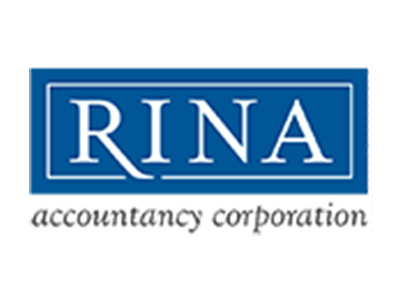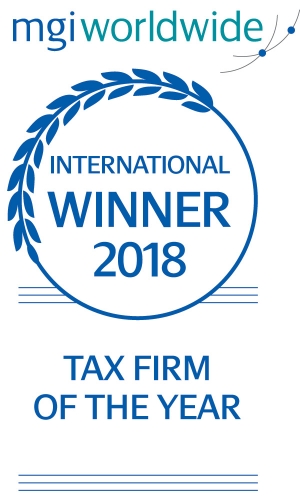What Is That New Asset on Your Balance Sheet?
by Dana Bains and Howard Zangwill | RINA accountancy
Operating leases will now be reflected on your balance sheet. The Financial Accounting Standards Board has revised lease accounting. For years beginning after December 15, 2018 for public business entities and for years beginning after December 15, 2019 for all other entities, ASC 842 requires all companies to capitalize all leases regardless if they are capital or operating leases if they span longer than one year.
What are leases? Leases are most commonly defined as agreements between lessors and lessees. A lessor is a person who holds a piece of property such as a building and rents this piece of property to another person for a monthly fee known as rent. A lessee is the person who rents this piece of property such as a building from a lessor.
Leases can be either capital leases or operating leases. Under the current framework, operating leases are not recorded on the balance sheet of the lessee but rather are recorded as expenses on the income statement as the monthly rental payment is incurred.
Capital leases are defined as a long-term lease that transfers ownership to the lessee at the end of the lease if certain criteria are met. Criteria for leases to be treated as capital leases include the lease containing a bargain purchase option as well ownership of the asset automatically transferring to the lessee at the end of the lease term, to name a few. The lessee would record the asset on the balance sheet with a corresponding lease obligation liability. Depreciation expense would be recorded for the capital leased asset and the lease obligation liability would be reduced each month by the principal portion of the monthly payment. Interest expense would be recorded as well.
Under the new framework, the accounting for capital leases (referred to as finance leases under the new standards) will not change. However, for lessees operating leases will now have to reflect the capitalization of the leased asset (referred to as right of use asset which represents their right to use the underlying asset for the lease term) as well as a corresponding liability. The liability would be recorded at the present value of the rental payments. Imputed interest expense would be recorded as well as amortization expense of the asset with a reduction to the corresponding liability by the same amount. Amortization expense plus the imputed interest expense recorded equals the total amount of rent expense that would have been recorded under the old standards. This combination of both interest expense and amortization expense is combined into one line item for presentation on the financial statements.
The above is a brief overview of the changes to come but changes that will affect any Company who has leases. Please be aware that with these changes, loan covenants will be affected. There will also be changes to financial statement disclosures as well. Please contact RINA accountancy for further guidance on your specific situation.
Dana Bains
 Dana joined RINA in August 2010 and is an audit manager in the Walnut Creek Office. She graduated from the University of the Pacific with a Bachelor of Science degree in Business Administration. She enjoys serving not-for-profit organizations and small to mid-sized companies with their accounting and tax issues.
Dana joined RINA in August 2010 and is an audit manager in the Walnut Creek Office. She graduated from the University of the Pacific with a Bachelor of Science degree in Business Administration. She enjoys serving not-for-profit organizations and small to mid-sized companies with their accounting and tax issues.
Howard Zangwill
 Howard has over 25 years experience providing consulting and accounting services to not-for-profit organizations, private companies and their owners in various industries. As head of RINA’s Audit and Accounting Department, he uses his knowledge to help clients streamline operations, develop and monitor key performance indicators and implement financial management techniques that meet the clients business and financial objectives.
Howard has over 25 years experience providing consulting and accounting services to not-for-profit organizations, private companies and their owners in various industries. As head of RINA’s Audit and Accounting Department, he uses his knowledge to help clients streamline operations, develop and monitor key performance indicators and implement financial management techniques that meet the clients business and financial objectives.







